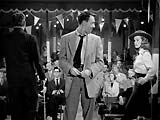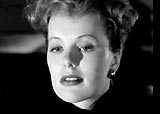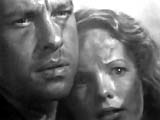Learning about the history of film this semester opened up my prejudices of film. I understood why we came up with it in the first place, it was not just because of technological advancements but also with the changing social contexts and the need for us to escape from reality.
Isn’t it the same case today as well? Technology is still changing rapidly. The way viewers are able to experience films in different ‘forms’ – through their phones, in an exhibition or through VR lenses. And we still make them because we want to send a message or escape reality, which is essentially being able to ‘experience’ something we are unable to in our everyday lives. Will this ‘window’ that allows audience and filmmakers to look through and experience something new all the time cease to exist? How far are we able to take film further with technology and illusions of reality?
Being an interactive student myself, I realize that even games are becoming more film-like, their plots are even heavier than that of films sometimes and they are more centered on individual entertainment e.g. the use of VR sets. Similarly, they are made so that we can escape reality. However, will this pursuit to build the ultimate experience be too much?
Nowadays, as technology advances faster than ever before, so does our pursuit of the ultimate movie/game experience expand. In the Netflix series, ‘Black Mirror’, there was an episode called Playtest, (spoiler alert) where this user was brought in to the best gaming company’s headquarters as he gets invited to playtest the most immersive horror game. A chip is implanted into the users head and all the game is doing is giving him hallucinations of the game.Things get too real even though the user knows very well that all of that is fake. But the user dies in the end, in 0.04 seconds because his mom rang his phone, which amplified his fearful experience. Is that what the future would be? Would this pursuit of the American dream or the grass being greener on the other side be too much?
Many topics of say, racism, femininity and the infinite travel into black holes are just some of the topics in films today. There are many facets to think about when it comes to films and what I just described above is just one. It has so many facets because it is essentially our perception of real life, done in a way which we can view it. The importance of film today is paramount, so does the films of the past, that is why this module was so eye-opening to me.



